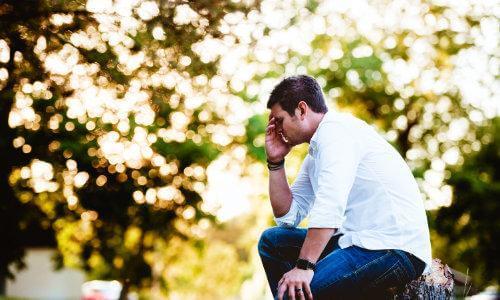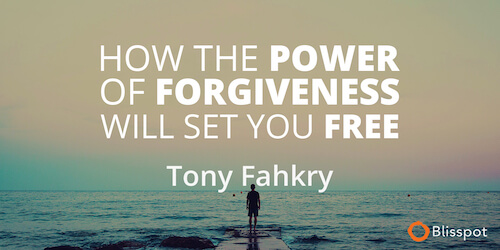Unconscious To Our Wounds
“Caring for your inner child has a powerful and surprisingly quick result: Do it and the child heals.” ~ Martha Beck
I’d like you to take a journey into yourself, as you read this article. Hopefully, in that time, you will gain a glimpse of why healing your inner child is not only essential but important to overcoming our problems as adults. Many people grow up in less than optimal family environments. Even if our childhood was ideal, we are likely to inherit trauma from generations before us. That is why alcoholics face an unfair disadvantage, since they inherit the genes of their alcoholic parents. We all have wounds to confront and the journey of becoming an adult involves retracing our childhood and making peace with our early life. Can you identify with this narrative? Did you grow up in a stable family environment or did you experience any childhood trauma?
The journey of becoming our true selves requires revisiting our childhood wounds and seeing them through the lens of compassion and forgiveness. It involves attending to our vulnerable parts that we have neglected. So why is this important for self-transformation and self-improvement? Many of our problems stem from our early development, according to developmental psychologists. Depending on our attachment style, this will figure dominantly in adulthood, if we haven’t healed our inner child. This shows up when we are triggered in relationships and recall past hurts. Because we are unconscious to our wounds, we believe the pain is occurring now.

For example, if you are emotionally triggered and cannot control it, it may be a triggered event instead of a reaction to something taking place now. This sentiment is echoed by author Liz Mullinar in her book Heal For Life: How to Heal Yourself from the Pain of Childhood Trauma where she explains: “Remembering that a majority of all emotion comes from childhood, it is a really good idea to check whenever you are angry if it is about what is happening right now or is it reminding you of someone or something from your childhood.” For instance, I had a strained relationship with my father growing up, owing to his stern disciplining. As an adult, I experienced anger I couldn’t control and traced it back to my childhood. However, I ignored it until it affected my relationships.
Release The Negativity And Hurt From The Past
“We must remain as close to the flowers, the grass, and the butterflies as the child is who is not yet so much taller than they are.” ~ Friedrich Nietzsche
Have you experienced something similar whether it was anger, anxiety, shame or guilt? Often, we will carry the programming of our parents or caregivers into adulthood, if we haven’t healed these aspects of ourselves. The trauma we experience in childhood is being triggered in the present moment. Psychologists believe trauma is located in the right hemisphere of the brain, in the unconscious centre. Therefore, to heal and transform our wounds, requires going to the source instead of using logic and reason. In my case, my childhood wounds were associated with fear, which shaped my anger as an adult. It required attending to my fears and transforming my beliefs as a child such as: “I am unsafe” and “It is not safe to be me.” These days, my adult self knows I am safe; however, my inner child was still playing the tapes of fear, guilt and shame.
Most of our difficult emotions stem from our childhood. When we experience these emotions, we must notice whether we are being triggered by a childhood experience or something in the present moment. It is beyond this article to explain how to heal and transform our childhood wounds. Moreover, I invite you to work with a trained therapist or counsellor, if you identify with this message. It may be difficult working through our childhood wounds on our own because we are likely to re-traumatise ourselves and remain stuck in our wounds. The key is to take the journey into ourselves, knowing what we experience may be unpleasant, but in doing so, we release the negativity and hurt from the past. By healing our inner child, we discover our true self hidden behind a facade of the wounded self.

This wounded self masquerades as an archetype in the form of: victim, soldier, hero, etc. We will carry these archetypal wounds throughout life without knowing who we really are, since we have identified with our trauma for so long. It becomes our new identity, and healing can be difficult without a shift in awareness. We must learn to become who we really are and not the characters we play. Are you beginning to get a sense that who you are is an intricate web of personas buried within your unconscious mind? It can take a lifetime to discover our true self and we ought to be kind and compassionate with ourselves throughout the healing journey. If this is something you identify with, I recommend journaling and observing your emotions regularly. Note your predominant mood and the situations that affect you. Consider your difficult emotions, as signposts pointing you to heal your inner child. It is once we undertake the journey into our inner child, that we discover the essence of our true self, beneath the concealed self.








